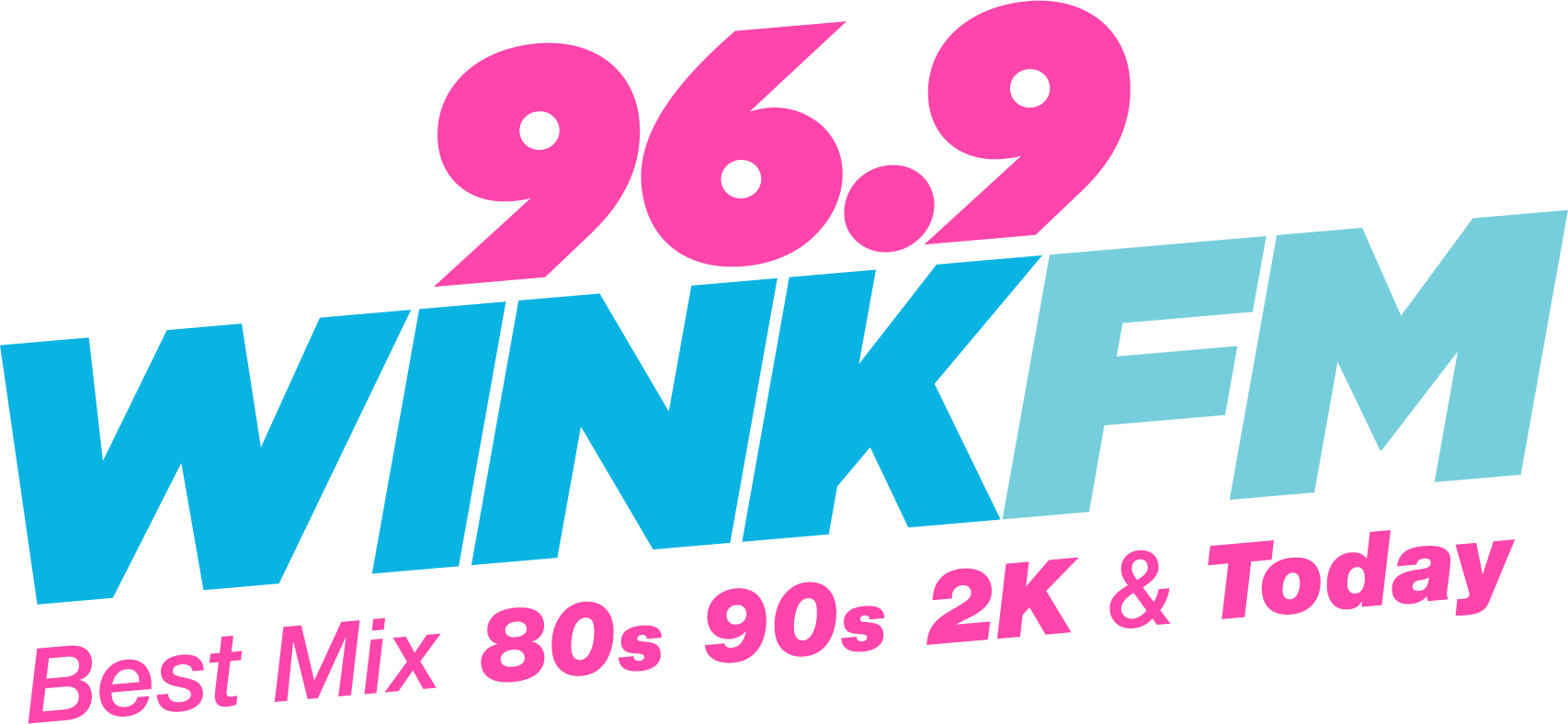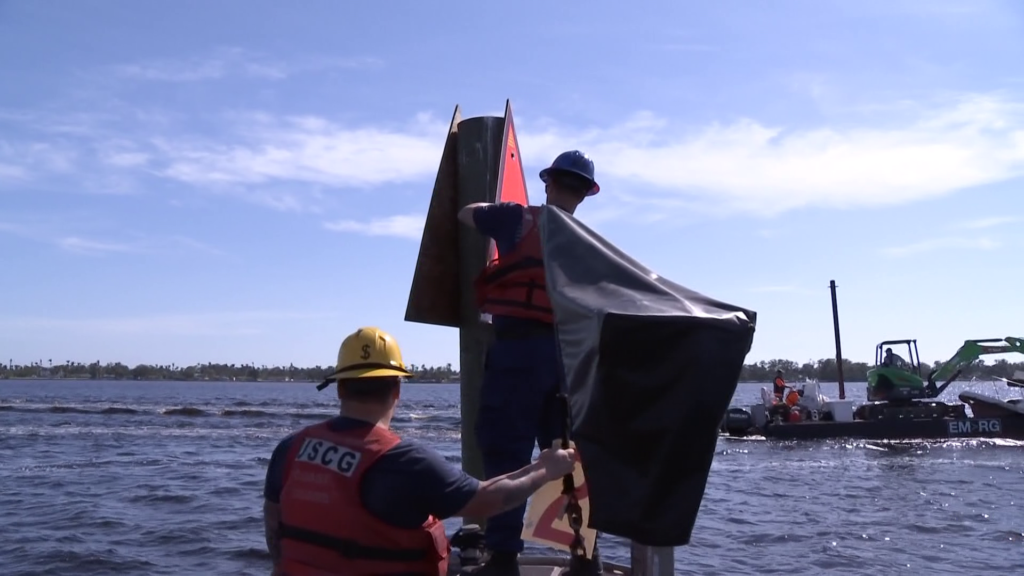FORT MYERS
“Semper Paratus, Always Ready!” That’s the motto of the U.S. Coast Guard. While search and rescue is the Coast Guard’s number one mission, another big part of their job is maintaining our nation’s waterways.
“We are responsible for maintaining all of the federal aids to navigation in the area,” said Chief Petty Officer Timothy Owen, who leads the Aids to Navigation team in St. Petersburg.
Aids to navigation include channel markers such as buoys, dayboards, lights, and fog signals.
Coastal channel markers. (Credit: WINK News)
“Channel markers essentially mark your roadway in the water,” Owen said. “It keeps you from running aground like you would on a highway running into a ditch.”
Hurricane Ian damaged or destroyed nearly 90% of the channel markers off our coast, from parts of the Caloosahatchee River to the south end of Estero Island.
“Our crews have seen similar events, but a lot of us have never seen any of this devastation down here in South Florida,” Owen said.
For the past four months, the U.S. Coast Guard has been working to repair all of the damaged or destroyed channel markers.
“We ran for about 10 days straight between St. Pete and the Fort Myers area to make sure everything was marked effectively, to mark the hazards, and to start that correction process,” Owen said.
U.S. Coast Guard repairing coastal channel markers. (Credit: WINK News)
Repairing channel markers is a process that takes a lot of precision and patience. WINK News Trust and Verify reporter Kellie Miller joined Owen’s crew to see how they get the job done.
The first task of the day involved setting a buoy. Buoys are placed strategically to guide or warn boaters of potential hazards.
U.S. Coast Guard map to pinpoint the location to place coastal channel markers. (Credit: WINK News)
“We have a record that shows what is supposed to be there, whether it has a light on it, whether it’s just dayboards, whether it’s a buoy,” Owen said. “So, we’ll go out, and we’ll verify all that. We have a computer that positions via GPS. We know exactly where it should be within approximately three yards.”
The next mission involved dayboards, which are those green or red signs boaters often pass when entering and leaving port, marking navigational channels.
U.S. Coast Guard repairing coastal channel markers. (Credit: WINK News)
“If you don’t follow the channel markers, it’s like not following the road,” Owen said. “You are going to end up on a shoal, on a sandbar. A lot of people can get injured, you are going to destroy your boat, destroy a lot of material.”
Not only should you follow those channel markers, but Owen said you should also always have a boating plan.
“Let a responsible party know where you plan on going, when you are leaving, when you plan to be back,” he said. “Have life jackets, flares, safety devices… that’s going to keep you safe.”
Boaters also should keep in mind that there are still a lot of hazardous materials in the water. However, thanks to the Coast Guard, almost every channel marker that had been damaged or destroyed due to Hurricane Ian is now fixed.
“It was definitely a very difficult mission,” Owen said. “We had three extra crews that came down from different areas of the country to help us out. I had six boats running at certain times throughout the week following the hurricane. So we were able to intermix crews and work very effectively, very smoothly, and that’s what led us to us being able to open the ports as rapidly as we did and get everything corrected as quickly as we did.”
According to the Coast Guard, many of the channel markers in private waterways still need quite a bit of work. The person or company responsible for those markers must ensure they are repaired in a timely manner.
WINK NEWS

